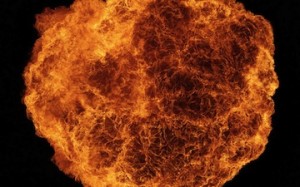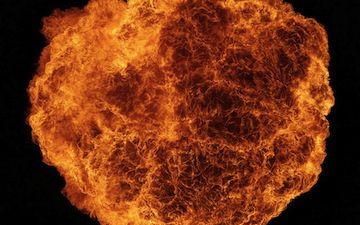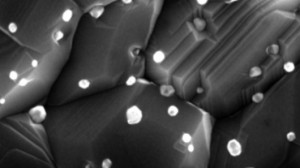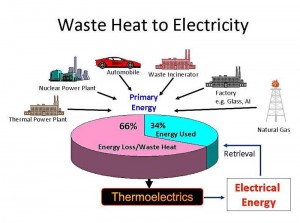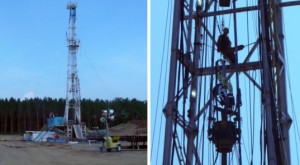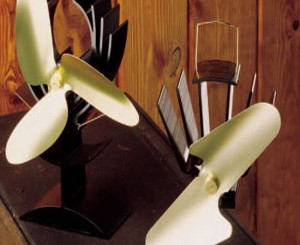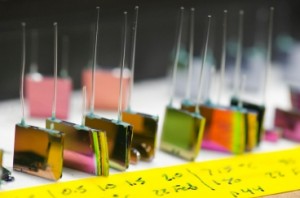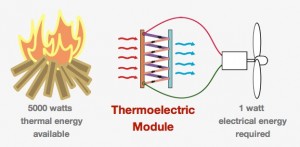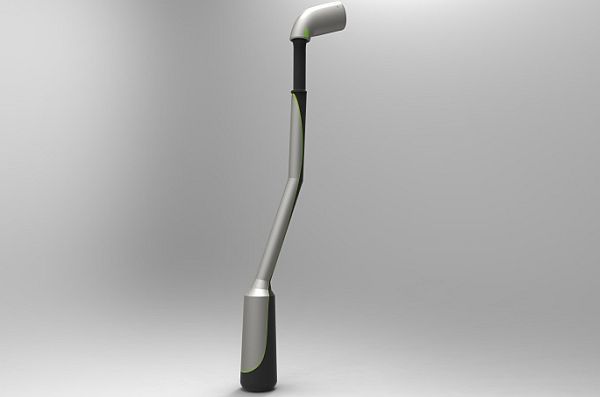
With the big strides of green technology covering the recent years, we have come across some fascinatingly innovative concepts. But there are few even among them that have that essence of adroit practicality combined with inherent credibility. In simpler terms, these seldom conceptions have the potential to appeal to the common man, and benefit him on a large scale. In relation to this, in our book the intriguing yet uncomplicated piezoelectric energy harvester certainly falls under this exalted category. According to industrial designer Benjamin Wright, the project entails the usage of emerging materials to efficiently contrive a sustainable and efficacious end product.
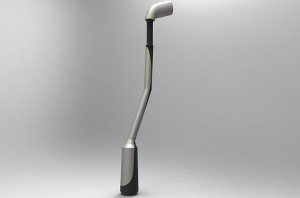
 Follow
Follow